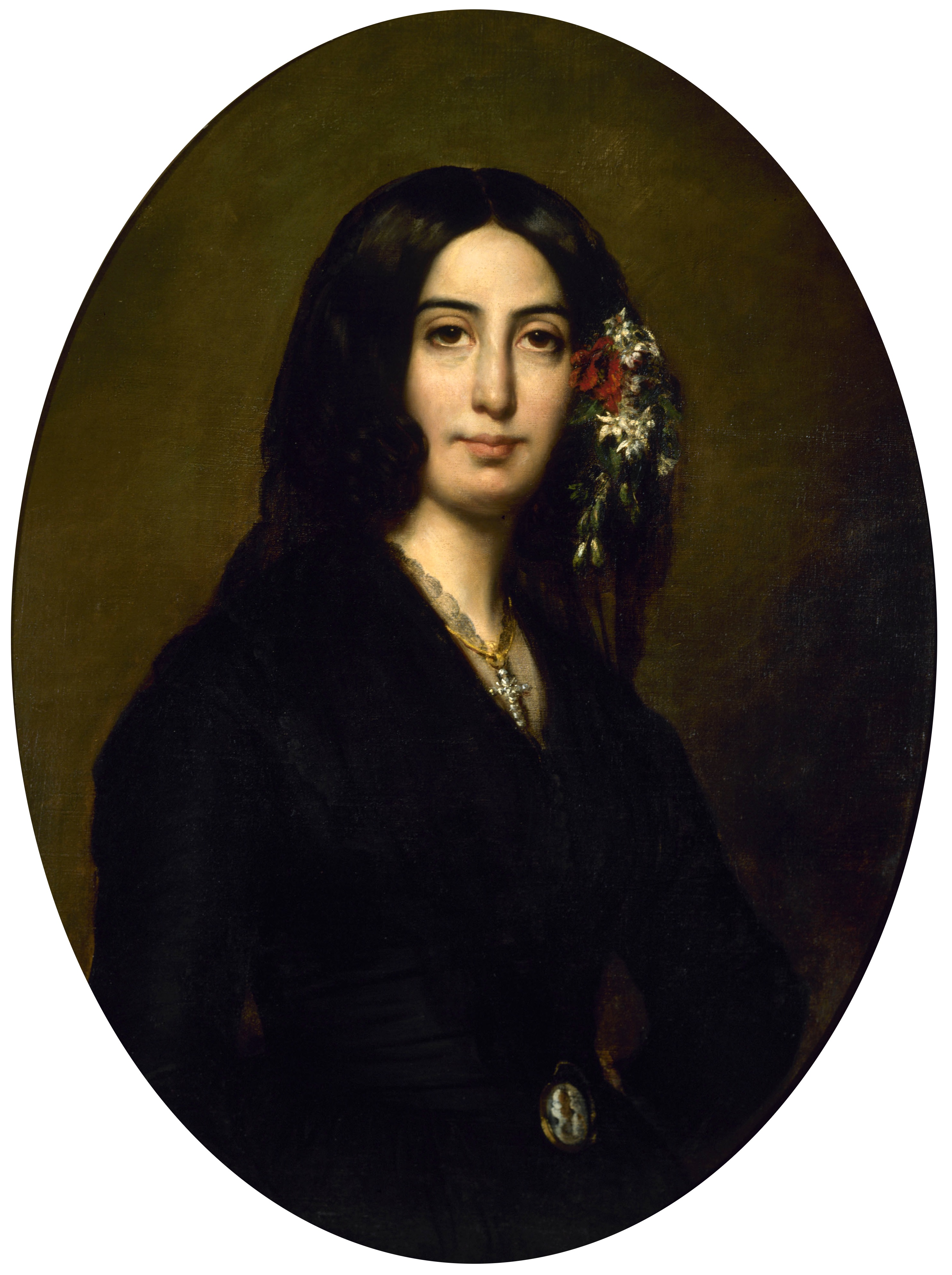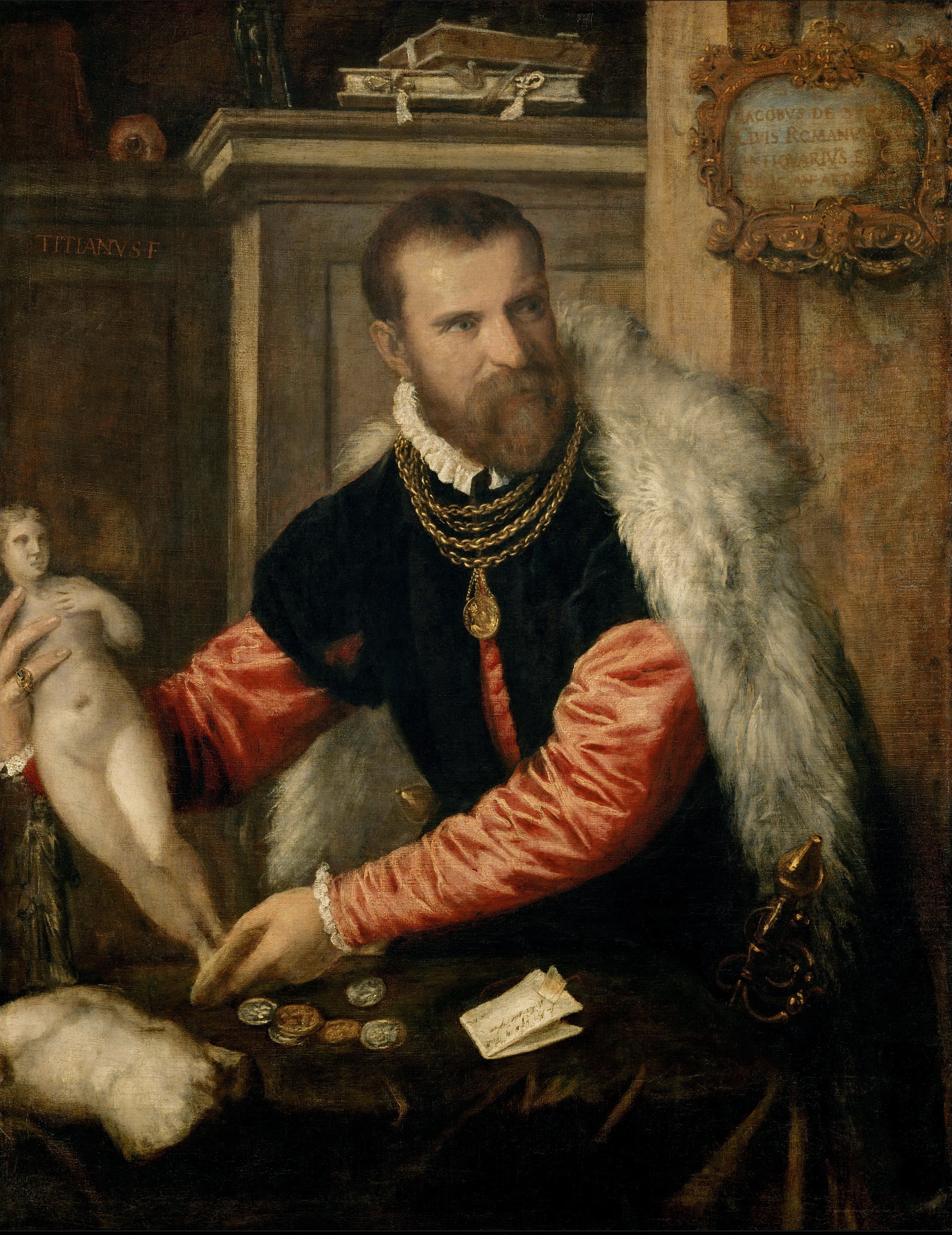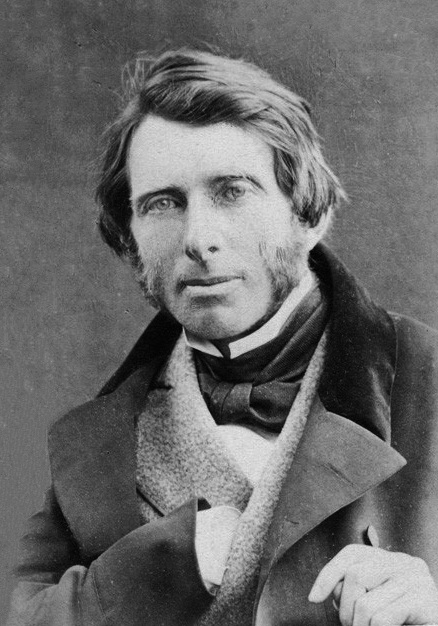|
Émilie Charmy
Émilie Charmy (; April 2, 1878 – June 7, 1974) was an artist in France's early avant-garde. She worked closely with Fauve artists like Henri Matisse, and was active in exhibiting her artworks in Paris, particularly with Berthe Weill. She had become an artist against the norms for French women in her day and became a well-regarded artist. She painted still lifes, landscapes, portraits, and figure paintings. Unusually for a woman at the time, she made a number of paintings of nude women in poses of sexual abandon. Charmy's initial works were Impressionist and Post-Impressionist paintings. As her career evolved, she was influenced by Fauvism and the School of Paris movements. Early life Émilie Espérance Barret was born on April 2, 1878, in Saint-Etienne, France.Delia Gaze. Dictionary of Women Artists: Artists, J-Z'. Taylor & Francis; January 1997. . p. 379–380. [...More Info...] [...Related Items...] OR: [Wikipedia] [Google] [Baidu] |
Pseudonym
A pseudonym (; ) or alias () is a fictitious name that a person assumes for a particular purpose, which differs from their original or true meaning ( orthonym). This also differs from a new name that entirely or legally replaces an individual's own. Many pseudonym holders use them because they wish to remain anonymous and maintain privacy, though this may be difficult to achieve as a result of legal issues. Scope Pseudonyms include stage names, user names, ring names, pen names, aliases, superhero or villain identities and code names, gamertags, and regnal names of emperors, popes, and other monarchs. In some cases, it may also include nicknames. Historically, they have sometimes taken the form of anagrams, Graecisms, and Latinisations. Pseudonyms should not be confused with new names that replace old ones and become the individual's full-time name. Pseudonyms are "part-time" names, used only in certain contexts: to provide a more clear-cut separation between one's privat ... [...More Info...] [...Related Items...] OR: [Wikipedia] [Google] [Baidu] |
Société Des Artistes Indépendants
The Société des Artistes Indépendants (, ''Society of Independent Artists'') or Salon des Indépendants was formed in Paris on 29 July 1884. The association began with the organization of massive exhibitions in Paris, choosing the slogan "''sans jury ni récompense''" ("without jury nor reward"). Albert Dubois-Pillet, Odilon Redon, Georges Seurat and Paul Signac were among its founders. For the following three decades their annual exhibitions set the trends in art of the early 20th century, along with the Salon d'Automne. This is where artworks were often first displayed and widely discussed. World War I brought a closure to the salon, though the ''Artistes Indépendants'' remained active. Since 1920, the headquarters has been located in the vast basements of the Grand Palais (next door to the ''Société des Artistes Français'', the ''Société Nationale des Beaux Arts, Société Nationale des Beaux-Arts'', the Salon d'Automne, Société du Salon d'Automne, and others). Histo ... [...More Info...] [...Related Items...] OR: [Wikipedia] [Google] [Baidu] |
Modernism
Modernism was an early 20th-century movement in literature, visual arts, and music that emphasized experimentation, abstraction, and Subjectivity and objectivity (philosophy), subjective experience. Philosophy, politics, architecture, and social issues were all aspects of this movement. Modernism centered around beliefs in a "growing Marx's theory of alienation, alienation" from prevailing "morality, optimism, and Convention (norm), convention" and a desire to change how "social organization, human beings in a society interact and live together". The modernist movement emerged during the late 19th century in response to significant changes in Western culture, including secularization and the growing influence of science. It is characterized by a self-conscious rejection of tradition and the search for newer means of cultural expressions, cultural expression. Modernism was influenced by widespread technological innovation, industrialization, and urbanization, as well as the cul ... [...More Info...] [...Related Items...] OR: [Wikipedia] [Google] [Baidu] |
Art Gallery
An art gallery is a room or a building in which visual art is displayed. In Western cultures from the mid-15th century, a gallery was any long, narrow covered passage along a wall, first used in the sense of a place for art in the 1590s. The long gallery in Elizabethan and Jacobean architecture, Jacobean houses served many purposes including the display of art. Historically, art is displayed as evidence of status and wealth, and for religious art as objects of ritual or the depiction of narratives. The first galleries were in the palaces of the aristocracy, or in churches. As art collections grew, buildings became dedicated to art, becoming the first art museums. Among the modern reasons art may be displayed are aesthetic enjoyment, Visual arts education, education, historic preservation, or for marketing purposes. The term is used to refer to establishments with distinct social and economic functions, both public and private. Institutions that Preservation (library and archive), ... [...More Info...] [...Related Items...] OR: [Wikipedia] [Google] [Baidu] |
Saint-Cloud
Saint-Cloud () is a French commune in the western suburbs of Paris, France, from the centre of Paris. Like other communes of Hauts-de-Seine such as Marnes-la-Coquette, Neuilly-sur-Seine and Vaucresson, Saint-Cloud is one of France's wealthiest towns, with the second-highest average household income of communities with 10,000 to 50,000 households. Saint-Cloud is home to the International Bureau of Weights and Measures (BIPM), located in the Parc de Saint-Cloud's Pavillon de Breteuil. History The town is named after Clodoald, grandson of Clovis, who is supposed to have sought refuge in a hamlet on the Seine near Paris, then named Novigentum, like many other newly founded mercantile settlements outside the traditional towns. After he was canonized, the village where his tomb was located took the name of Sanctus Clodoaldus. A park contains the ruins of the Château de Saint-Cloud, built in 1572 and destroyed by fire in 1870 during the Franco-Prussian War. The château wa ... [...More Info...] [...Related Items...] OR: [Wikipedia] [Google] [Baidu] |
Art Gallery
An art gallery is a room or a building in which visual art is displayed. In Western cultures from the mid-15th century, a gallery was any long, narrow covered passage along a wall, first used in the sense of a place for art in the 1590s. The long gallery in Elizabethan and Jacobean architecture, Jacobean houses served many purposes including the display of art. Historically, art is displayed as evidence of status and wealth, and for religious art as objects of ritual or the depiction of narratives. The first galleries were in the palaces of the aristocracy, or in churches. As art collections grew, buildings became dedicated to art, becoming the first art museums. Among the modern reasons art may be displayed are aesthetic enjoyment, Visual arts education, education, historic preservation, or for marketing purposes. The term is used to refer to establishments with distinct social and economic functions, both public and private. Institutions that Preservation (library and archive), ... [...More Info...] [...Related Items...] OR: [Wikipedia] [Google] [Baidu] |
Art Dealer
An art dealer is a person or company that buys and sells works of art, or acts as the intermediary between the buyers and sellers of art. An art dealer in contemporary art typically seeks out various artists to represent, and builds relationships with collectors and museums whose interests are likely to match the work of the represented artists. Some dealers are able to anticipate market trends, while some prominent dealers may be able to influence the taste of the market. Many dealers specialize in a particular style, period, or region. They often travel internationally, frequenting exhibitions, auctions, and artists' studios looking for good buys, little-known treasures, and exciting new works. When dealers buy works of art, they resell them either in their galleries or directly to collectors. Those who deal in contemporary art in particular usually exhibit artists' works in their own galleries. They will often take part in preparing the works of art to be revealed or proce ... [...More Info...] [...Related Items...] OR: [Wikipedia] [Google] [Baidu] |
New Woman
The New Woman was a feminist ideal that emerged in the late 19th century and had a profound influence well into the 20th century. In 1894, writer Sarah Grand (1854–1943) used the term "new woman" in an influential article to refer to independent women seeking radical change. In response the English writer Ouida (Maria Louisa Ramé) used the term as the title of a follow-up article. The term was further popularized by British-American writer Henry James, who used it to describe the growth in the number of feminist, educated, independent career women in Europe and the United States. The New Woman pushed the limits set by a male-dominated society. Independence was not simply a matter of the mind; it also involved physical changes in activity and dress, as activities such as bicycling expanded women's ability to engage with a broader, more active world. Changing social roles Writer Henry James was among the authors who popularized the term "New Woman," a figure who was repre ... [...More Info...] [...Related Items...] OR: [Wikipedia] [Google] [Baidu] |
Gender Roles
A gender role, or sex role, is a social norm deemed appropriate or desirable for individuals based on their gender or sex. Gender roles are usually centered on conceptions of masculinity and femininity. The specifics regarding these gendered expectations may vary among cultures, while other characteristics may be common throughout a range of cultures. In addition, gender roles (and perceived gender roles) vary based on a person's race or ethnicity. Gender roles influence a wide range of human behavior, often including the clothing a person chooses to wear, the profession a person pursues, manner of approach to things, the personal relationships a person enters, and how they behave within those relationships. Although gender roles have evolved and expanded, they traditionally keep women in the "private" sphere, and men in the "public" sphere. Various groups, most notably feminist movements, have led efforts to change aspects of prevailing gender roles that they believe ... [...More Info...] [...Related Items...] OR: [Wikipedia] [Google] [Baidu] |
Art Critic
An art critic is a person who is specialized in analyzing, interpreting, and evaluating art. Their written critiques or reviews contribute to art criticism and they are published in newspapers, magazines, books, exhibition brochures, and catalogues and on websites. Some of today's art critics use art blogs and other online platforms in order to connect with a wider audience and expand debate. Opinions Differently from art history, there is not commonly an institutionalisation, institutionalized training for art critics. Art critics come from different backgrounds and they may or may not be university trained. Professional art critics are expected to have a keen eye for art and a thorough knowledge of art history. Typically the art critic views art at art exhibition, exhibitions, art gallery, galleries, museums or artists' studios and they can be members of the International Association of Art Critics which has national sections. Very rarely art critics earn their living from writin ... [...More Info...] [...Related Items...] OR: [Wikipedia] [Google] [Baidu] |
Abstraction
Abstraction is a process where general rules and concepts are derived from the use and classifying of specific examples, literal (reality, real or Abstract and concrete, concrete) signifiers, first principles, or other methods. "An abstraction" is the outcome of this process — a concept that acts as a common noun for all subordinate concepts and connects any related concepts as a ''group'', ''field'', or ''category''.Suzanne K. Langer (1953), ''Feeling and Form: A Theory of Art Developed from Philosophy in a New Key'', p. 90: "Sculpture, Sculptural form is a powerful abstraction from actual objects and the three-dimensional space which we construe ... through sensory system, touch and sight." Conceptual abstractions may be made by filtering the information content of a concept or an observable phenomenon, selecting only those aspects which are relevant for a particular purpose. For example, abstracting a leather soccer ball to the more general idea of a ball selects only the in ... [...More Info...] [...Related Items...] OR: [Wikipedia] [Google] [Baidu] |










